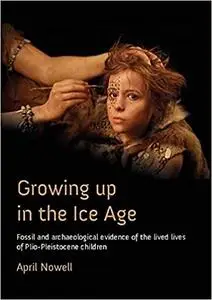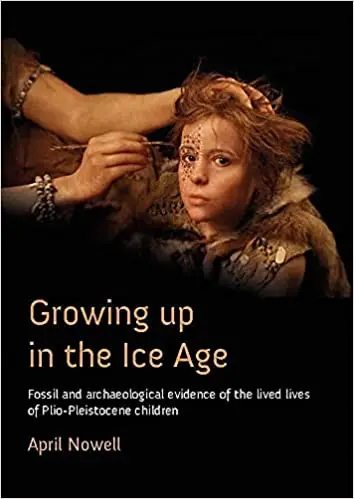April Nowell, "Growing Up in the Ice Age: Fossil and Archaeological Evidence of the Lived Lives of Plio-Pleistocene Children"
English | ISBN: 1789252946 | 2021 | 384 pages | PDF | 7 MB
English | ISBN: 1789252946 | 2021 | 384 pages | PDF | 7 MB
In prehistoric societies children comprised 40–65% of the population, yet by default, our ancestral landscapes are peopled by adults who hunt, gather, fish, knap tools, and make art. But these adults were also parents, grandparents, aunts, and uncles who had to make space physically, emotionally, intellectually, and cognitively for the infants, children, and adolescents around them.
is a timely and evidence-based look at the lived lives of Paleolithic children and the communities of which they were a part. By rendering these ‘invisible’ children visible, readers will gain a new understanding of the Paleolithic period as a whole, and in doing so will learn how children have contributed to the biological and cultural entities we are today.
Acknowledgements
Foreword by Jane Baxter
1. Toward an archaeology of Paleolithic children
2. Birth and the Paleolithic ‘family’
3. Toys, burials and secret spaces
4. Stone tools, skill acquisition and learning a craft
5. Children, oral storytelling and the Paleolithic ‘arts’
6. Adolescence in the Ice Age
7. Paleolithic children as drivers of human evolution
Appendix 1. Chronology of the Paleolithic and timeline of fossil hominins
Appendix 2. Table of subadult fossils in the Plio-Pleistocene (perinatal–ca. 10 years)
Appendix 3. Table of subadult fossils from the Plio-Pleistocene (ca. 10 years–20 years).
Bibliography
Index
Read more



